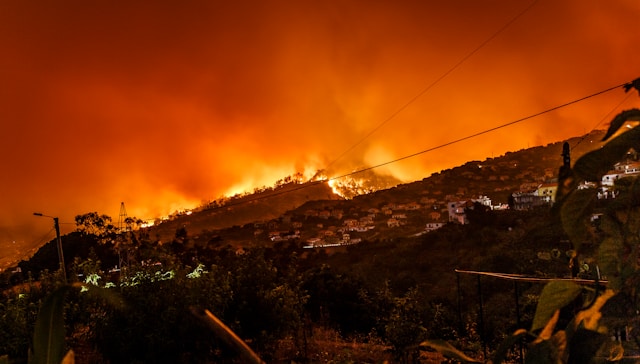
Demystifying Soil Carbon Measurement Protocols
In this article, we discuss the different existing measurement protocols focused on soil carbon credits for voluntary markets and recent reviews by CarbonPlan and the Environmental Defense Fund on this topic.

Fundamental to any carbon credit project is the measurement protocol used to generate credits. In the emerging soil carbon space, legacy carbon offset registries, tech-enabled startups, and new entrants from the agricultural sector all are taking vastly different approaches when generating these credits. Protocols provide guidance to the project developer and a baseline level of assurance to the credit buyers on the quality of the product. Though some are prescriptive in providing step-by-step instructions while others are more principle-oriented, the measurement protocols adopted by projects can make or break a soil carbon project’s credibility.
With soil carbon, there is no single protocol “to rule them all.” Every protocol, and by extension, every project developer using them, has a different measurement approach. CarbonPlan’s review of the soil carbon removal market (NOT avoided emissions) dives into comparing 14 soil carbon protocols and gives a rating of 1-5 checks based on rigor, additionality, durability, and safeguards. Only two received at least 3 checks: the Verra Soil Carbon Quantification Methodology from 2012, which has no listed projects, and BCarbon’s new Soil Carbon Storage Standard, which, note, Grassroots Carbon is currently using. For CarbonPlan, the vast majority of soil carbon protocols have a low bar on soil sampling quality and rely on a combination of modeling calibrated with a limited number of samples. Instead, CarbonPlan suggests using direct sampling to issue credits - measuring samples in the ground and then remeasuring, and issuing the credits based on said measurements. BCarbon’s empirical measurement approach, which references the unadopted Verra Soil methodology, proves the active exception.
In related research, CarbonPlan also pushes for deeper measurements in the soil. Soil carbon measurement costs, ranging from analyzing and stratifying fields before going out and pulling samples from the soil to the back-end laboratory costs, can turn out to be extraordinarily expensive. However, that’s all the more reason for project developers to invest in the highest quality data available. These deeper measurements, which should account for more soil carbon land managers are storing and thus return higher payouts, will lead to high-quality measurement and verification technologies in the near future.
On the other hand, the Environmental Defense Fund’s Soil Carbon Credit Protocol Report, which mainly focuses on 12 soil carbon removal in croplands protocols, calls for standardization of protocols for measurement, reporting, and verifying while advocating for scalable, cost-effective measurement tools. The focus on measurement costs, along with a push for precise use of models used to project soil carbon sequestration, place an emphasis on scalability and data transparency. Though the EDF also pushes for meter deep measurements when possible, this emphasis on growing carbon markets is a call for patience to allow processes to mature.
There is more to unpack, particularly regarding traditional carbon offset barriers - like additionality, leakage, and permanence, but these topics deserve a newsletter in their own right. I invite folks to dive into the CarbonPlan protocol database for themselves and in particular note how few projects for some protocols have existed for years, even under growing demand for credits. The soil carbon credit market is still emerging, but it’s a pivotal time for their establishment and relative standardization of project processes. The protocols that will win the market share need to balance a high level of rigor with scalability. This also aligns with land manager interests, as they should enter contracts with accurate information regarding their soil carbon storage and how it might fit into their overall business. However, high-quality empirical measurement should come first: if we scale a solution based on faulty carbon accounting, who stands to gain?

Subscribe to The Regeneration
The regeneration is a fresh serving of regenerative food and agriculture news, delivered to your inbox every week.






